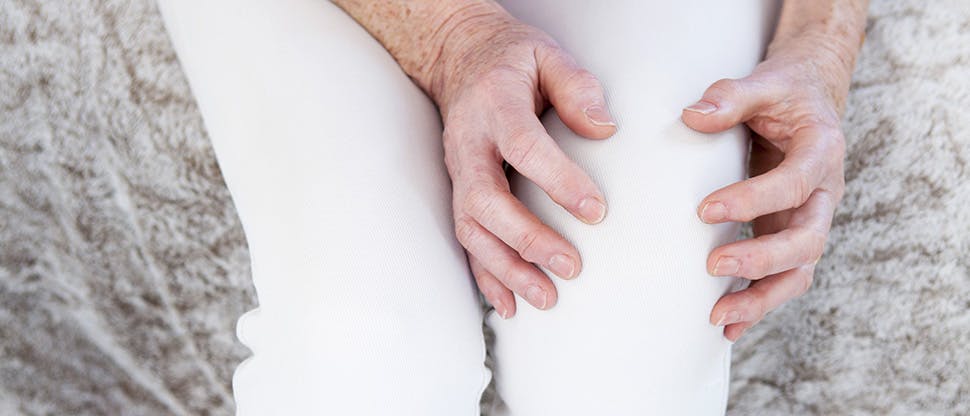Joint pain: Signs and symptoms

Recognising mechanical joint pain including osteoarthritis
Mechanical joint pain, including osteoarthritis, can lead to significant physical1 and psychosocial2 impact for patients.
Here we review the signs and symptoms of mechanical joint pain to help you identify this disorder.

Signs and symptoms of mechanical joint pain
Mechanical joint pain, or activity related pain, most commonly affects the knees, hips and hands and includes osteoarthritis.3-6
Osteoarthritis is characterised by:3,6-8
- Activity-related joint pain/stiffness
- Morning joint stiffness or stiffness after activity that normally resolves in <30 minutes
- Possible inflammation
- Possible crepitus – a crackling, grating or crunching sound that occurs with joint movement
- Impaired function
Knee pain most commonly develops slowly but can also have a sudden onset, and may be aggravated by climbing stairs or rising from a chair.8
Understanding joint pain and osteoarthritis
Learn more

Voltarol Max Strength Pain Relief 2.32% Gel Diclofenac Diethylammonium
All day joint pain relief when applied morning and night.

Voltarol Osteoarthritis Joint Pain Relief 1.16% Gel Diclofenac Diethylammonium
Proven to be as effective as ibuprofen tablets for localised joint pain.13
